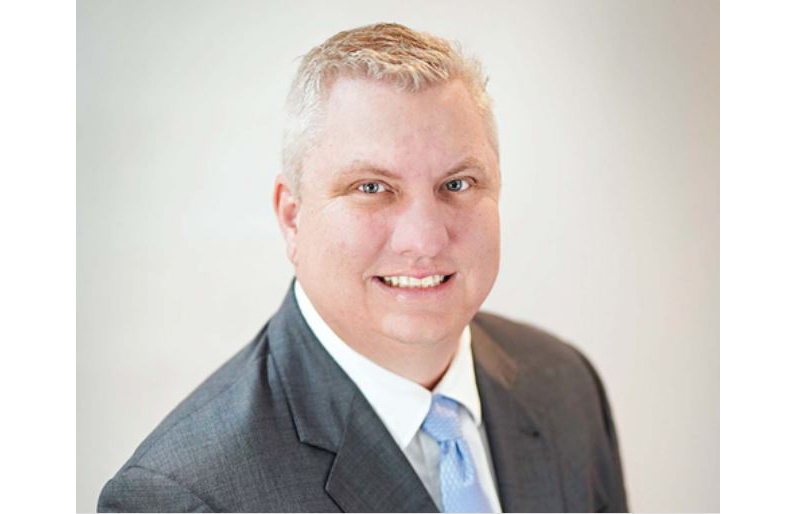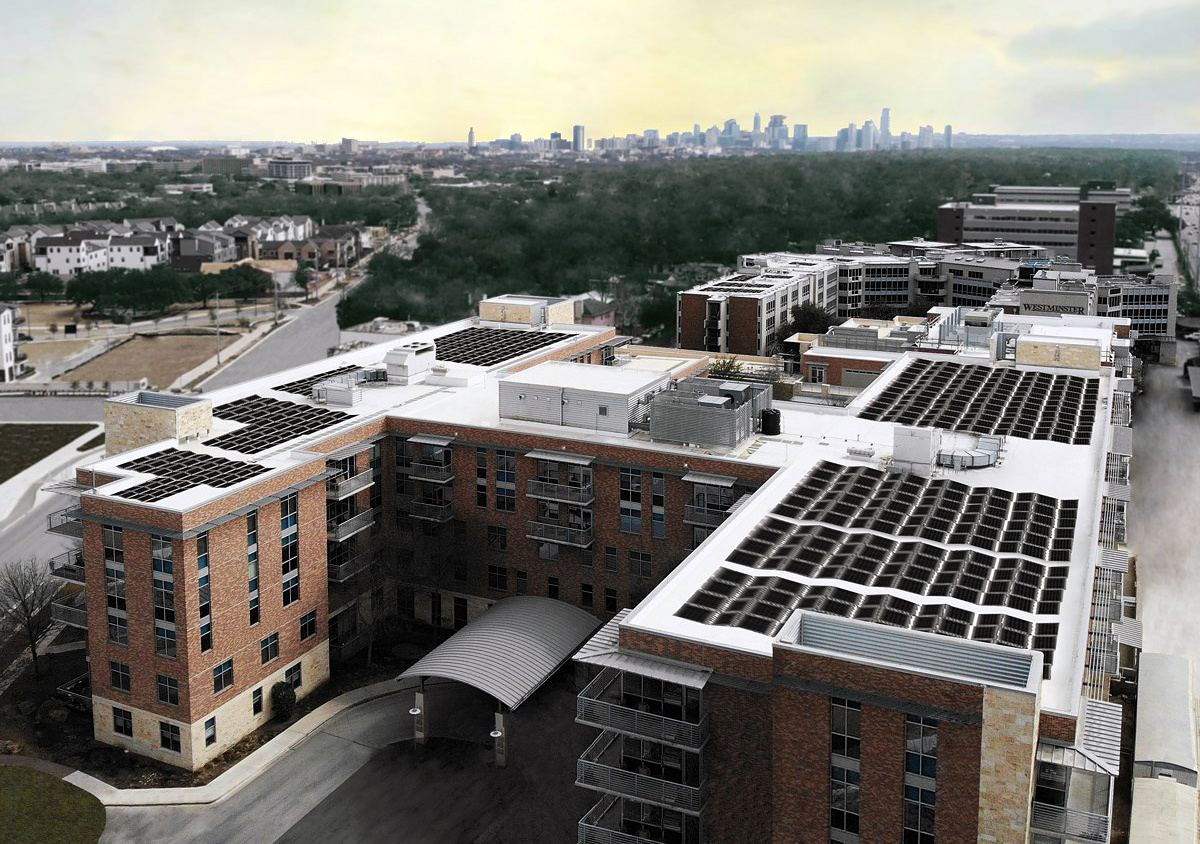Freedom Solar Markets Entrance into the Senior Living Industry with a Large Installation at WestminsterPromising Significant Long-Term Savings and a Kinder Environmental Impact
AUSTIN, TEXAS—March 28, 2022. Austin-based Freedom Solar, one of the leading turnkey solar energy installers in Texas and nationwide with operations in nine states, today announced its partnership with Westminster senior living community in Austin to install the first senior living solar energy array in the state of Texas.
“We at Freedom Solar are honored to partner with Westminster on this project, which we believe is the first solar installation at a major senior living community in Texas,” said Freedom Solar CEO Bret Biggart. “The people at Westminster are very forward-thinking in terms of sustainability and reducing their carbon footprint. This is the perfect project to mark Freedom’s entrance into the senior living market, which is increasingly turning toward solar nationwide.”
“Westminster is proud to continue our tradition of leadership in the senior living industry by leading the transition to solar,” said Westminster Executive Director Charles “Chuck” Borst. “We will celebrate our55thanniversary in April 2022and have envisioned making this change for several years. Realizing that vision is a great way to add excitement to this milestone year.”
Borst said Westminster chose Freedom Solar as its solar energy partner because it presented the opportunity to work with a local company that is highly regarded in the commercial solar sector. Westminster’s management was heavily motivated by the long-term financial savings solar brings, in addition to adding an exciting, renewable energy technology to the community. When Westminster factored in the $500,000 Austin Energy direct rebate, covering about 51% of the installation cost, leadership decided the time was right to go solar.
“The Westminster community has pursued the Austin Energy Green Building ratings showcasing energy, efficiency, water conservation, indoor environmental quality and efficient material use; and this renewable energy project ties into those efforts,” said Greg Hunteman, AIA, president of Pi Architects, the architecture firm for Westminster.”Increasingly, energy efficiency is a key part of design for senior communities that promote safe, healthy, and comfortable living spaces. We are pleased to work with Westminster on creating beautiful, comfortable, and environmentally-friendly spaces seniors love.”
Located at 4100 Jackson Avenue in the heart of Central Austin, Westminster is an award-winning continuum-of-care retirement community offering an expansive residential lifestyle with an array of Freedom Solar Partners with Westminster Austin to Install the First Solar Energy Array at a Texas Senior Living CommunityPage 2of 3activities, upscale amenities and social opportunities for active neighbors with shared interests. Built in 1967, it is one of Austin’s first and most established retirement communities. Over the years, Westminster has undergone several expansions. With flat rooftops and full sun, the solar installations will blend in seamlessly with the design of the community.
The Westminster installation will be accomplished in two phases. In Phase 1, Freedom Solar will install solar panels capable of producing 56.1 kilowatts (kW) of solar energy on the roof of the existing Preston Building and panels with a 252.78 kW capacity on the existing Windsor Building. Construction will likely start during the second quarter of 2022. Phase 2 of the project is set to begin in late 2022 and will include the installation of 160.4kW-capacity solar panels on the Carlisle Building, currently under construction.
Once the project is complete, Westminster will realize up to $50,000 in annual savings, and reduced impacts of rising energy costs, carrying on its five-and-a-half-decade legacy as a progressive community leader.
As solar energy becomes more affordable and accessible, senior living communities across the country are actively moving toward reducing their carbon footprint, both in infrastructure and practice. Solar energy provides more reliable energy for their residents, while also increasing owners’ and operators’ net operating income. It is a powerful marketing tool, as seniors are welcoming solar’s introduction. Some studies have even pointed to the introduction of green initiatives providing seniors with greater fulfillment, a higher sense of purpose, and improved mental health.
Since 2020, the federal solar investment tax credit (ITC) has been a big factor in the decisions of many of Freedom’s customers to go solar. As part of a broad initiative to make renewable energy like solar an attractive alternative to traditional electric power, Congress has extended the 26% solar tax credit through 2022; in 2023, it will drop to 22%.
“This is Freedom Solar’s first project in its new Senior Living Division,” said Biggart. “It is our goal to revolutionize the senior living industry with solar energy installations in the same way we are already revolutionizing the automotive industry. We are excited and honored that Westminster is our first partner in this endeavor.”
###
About Freedom SolarFounded in 2007, Freedom Solar is an industry leader in turnkey solar installations, providing high-quality, cost-effective, reliable solar solutions for residential and commercial markets nationwide. Headquartered in Austin, Texas, Freedom Solar also has operations in Colorado, Florida, Idaho, Kentucky, Ohio, Michigan, Missouri and West Virginia. Tesla Powerwall Certified Installer and the only SunPower® Master Dealer inTexas, Colorado and Florida. The firm has installed more than 128.8megawatts of solar panels since 2007, ranking as the eleventh-largest solar installer in the U.S and the third largest in Texas. Freedom Solar has completed projects for numerous national and multinational corporate clients, including Whole Foods Market, Shake Shack, Office Depot, Holiday Inn Express, Home2 Suites by Hilton, The University of Texas at Austin and numerous automotive dealerships, such as Alfa Romeo, BMW, Chevrolet, Ford, Maserati, Subaru and Toyota. For more information, visit https://www.freedomsolarpower.com or follow @freedomsolarpwr on Twitter and @freedom_solar_power on Instagram.









